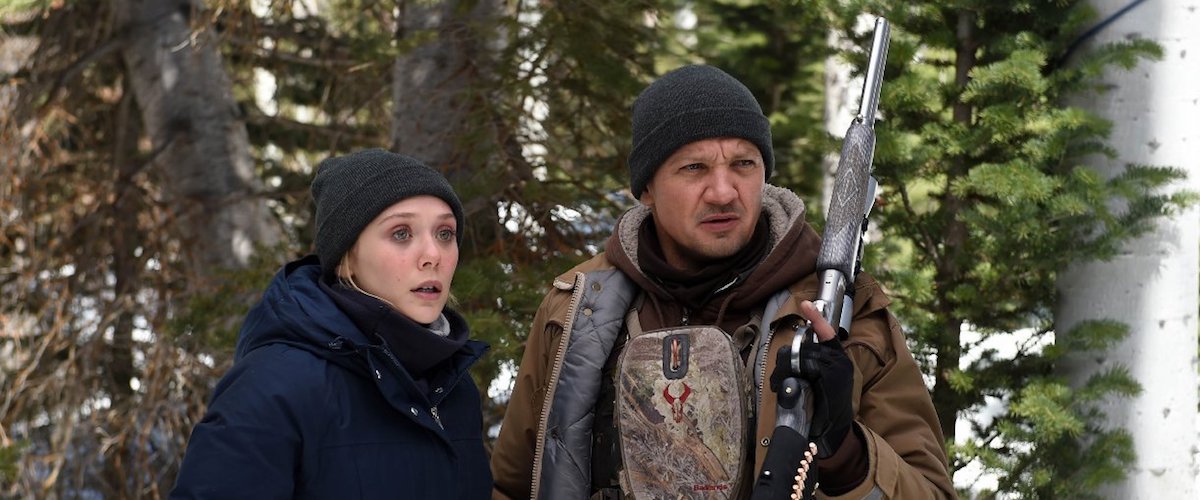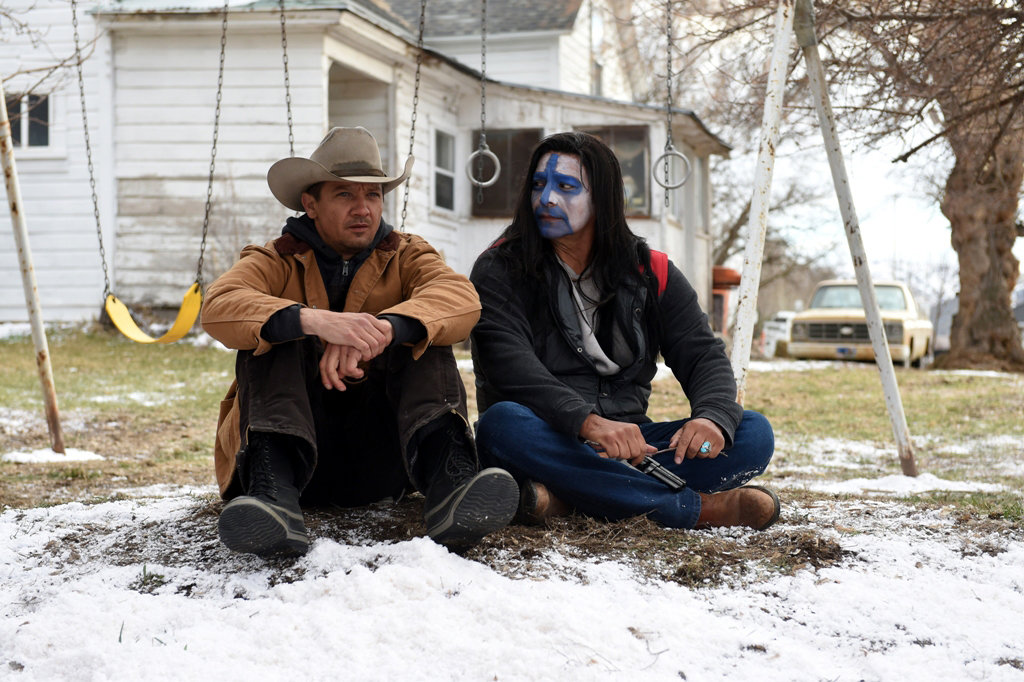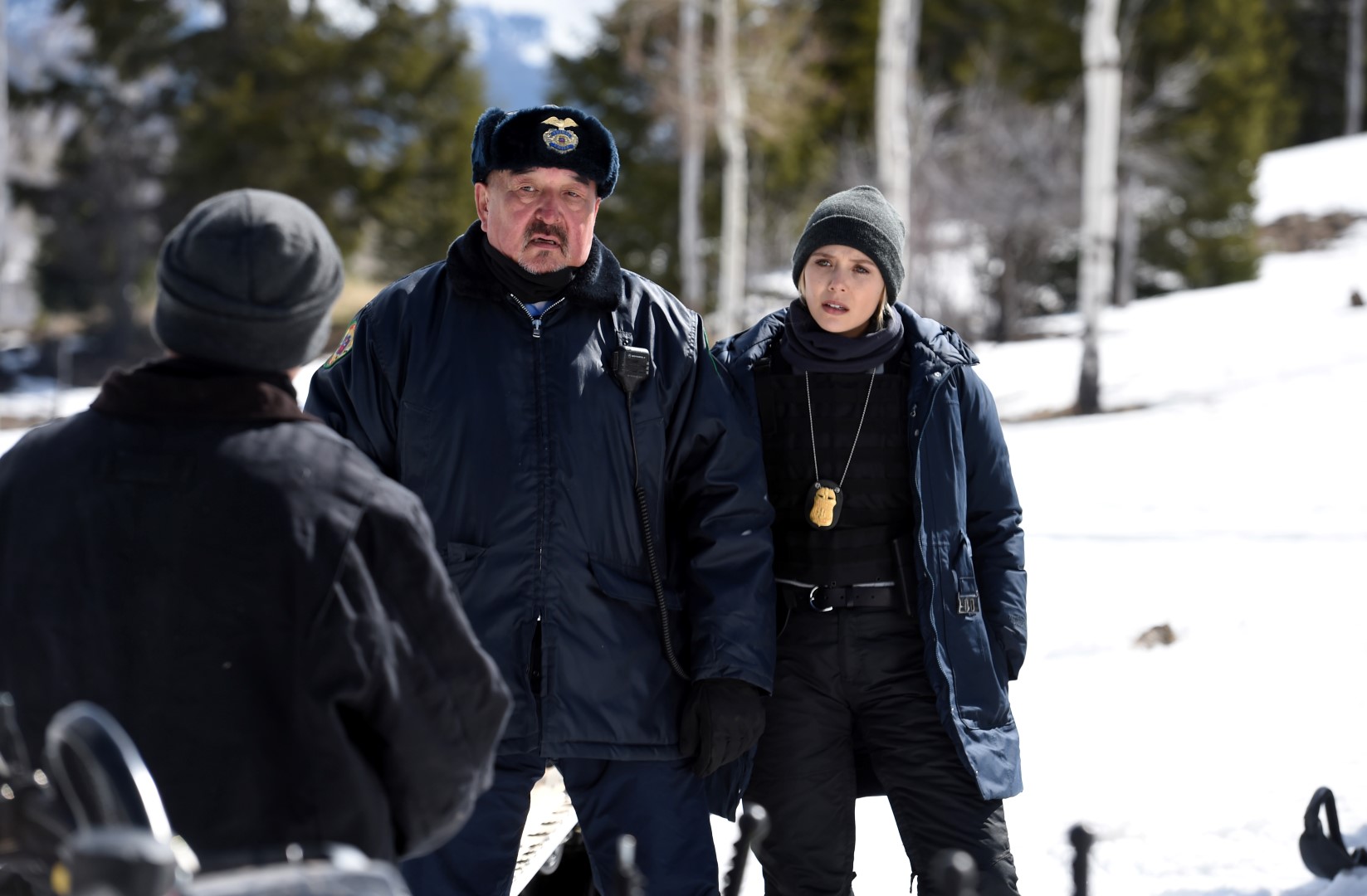Wind River (2017): A Brutal Insight into Suffering

Do we know what suffering is? Whether its from mental trauma, physical pain or generations of discrimination and punity. I cannot say I know exactly what suffering is, but it is something that can be felt throughout Wind River (2017). There isn’t a physical embodiment for suffering for this film to portray, but you can just feel it throughout this depressing, realistic, and ruthless tone it depicts. Apart from my other reviews, I am gonna give a VIEWER DISCRETION ADVISORY, for I will be talking about some brutal violence and sexual assault if either of these topics are triggering to you, STOP NOW. Anyway, Wind River (2017) follows U.S Fish and Wildlife tracker, Cory Lambert (played by Jeremy Renner), on the Wind River Indian Reservation. He finds the dead body of a family friend’s daughter, Natalie (played by Kelsey Asbille), in the middle of nowhere which prompts the FBI to send out rookie agent, Jane Banner (played by Elizabeth Olson), to investigate the death.
This wasn’t an easy watch, but it was a necessary one. Even though horrific acts are being depicted in Wind River (2017), it was hard to look away. That was mostly from seeing the mystery unfold as to the reason behind Natalie’s death, the events that lead up to it, and the dire struggle to get justice for the girl’s family. There was a flashback sequence where Natalie is visiting her boyfriend on an oil drilling site, where they have a lovely night in; at least until her boyfriend’s friends barge in from a night of heavy drinking. This leads his friends to tease and assault Natalie while they beat her boyfriend to death. She escapes into the night, without any winter clothes, and ends up dying from consuming subzero air too quickly. It answered all our questions except one, “what happens next?”, which brought us quickly to a violent confrontation between Banner, police, and Natalie’s rapist and co-conspirators at the end of the film.

When I first watched this film, I didn’t find it odd that a single FBI agent was sent to determine the investigation on an Indian reservation, even if she was a rookie. However, now that I think about it, this was an intentional detail by writer-director Taylor Sheridan, in an effort to show how little the American government cares about the lives and interests of Native Americans. Sheridan does a great job getting the commentary on the sobering reality of Native American Reservations across, as it is a part of the story and doesn’t come off as ham-fisted. Unlike a large percentage of crimes against Native Americans and Native American women more specifically, this story has a happy ending with the perpetrators being caught and justice being served. Even if it was unconventional/vengeful justice, it was satisfying.
It’s hard to see on first viewing through all the ferocity, but a major theme in Wind River (2017) is suffering. We find out that Lambert’s character is still suffering from the death of his Native American daughter who was viciously killed several years prior, and was friends with the current dead victim, Natalie. But the theme of suffering is put on full display in the climax where Lambert has Natalie’s rapist in the mountains, miles from any road. Her rapist complains about “suffering” on the reservation, and Lambert sets him straight on how his suffering is insignificant compared to the people living on the reservation, as that reservation is all that hasn’t been taken from them…yet. Then as justice and a shot for penance, Lambert gives the same chance Natalie had when running through cold air and snow. Few winter clothes, no shoes, and 6 miles to safety; if this criminal was able to safety, he was a free man. The coward barely made it 60 ft before dying the same way Natalie did.

Even though Lambert is our protagonist, we learn everything through Banner—an outsider trying to find justice for a discriminated community—about life on the reservation. At first, she doesn’t understand how the tribal community works, however she learns quickly in her first gunfight with some hostile locals that spray her and Tribal Police Chief, Ben Shoyo (played by Graham Greene), with bear mace. It’s also an effective way to dispel her innocence in a cruel world that will destroy her just by saying one wrong word. After the climax, Banner is in the hospital with Lambert and claims she is alive because she got lucky; Lambert quickly shoots her down saying, “Luck don’t live out here”. This also works in hammering home Wind River’s (2017) theme: suffering built the community on the reservation just as it built Lambert, and now as it built Banner. They’ve all suffered and are all the tougher for it.
As I have iterated before, Wind River (2017) isn’t an easy watch; with harsh subject material and an all too real U.S. problem, this movie stands with the best and grimmest of Western dramas. Renner and Olson both give arguably their best performances in a film, along with a stellar supporting cast. Along with outstanding performances, the story stands on its own as outstanding and proves Taylor Sheridan is a force to be reckoned with. Sheridan had previously written underrated modern classics like Sicario (2015), Hell or High Water (2016), and the hit Paramount show Yellowstone (2018-). Even though this movie didn’t get the initial recognition it rightfully deserves, Wind River (2017) will become a future classic among the most popular and well known of cinema.








